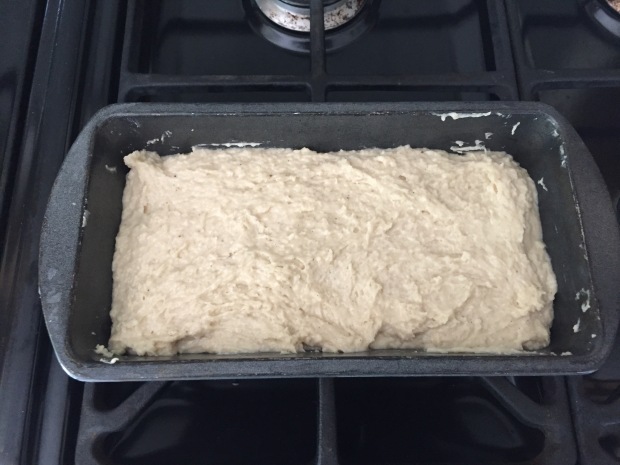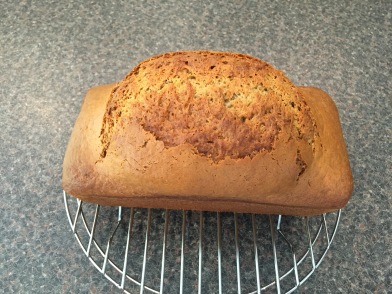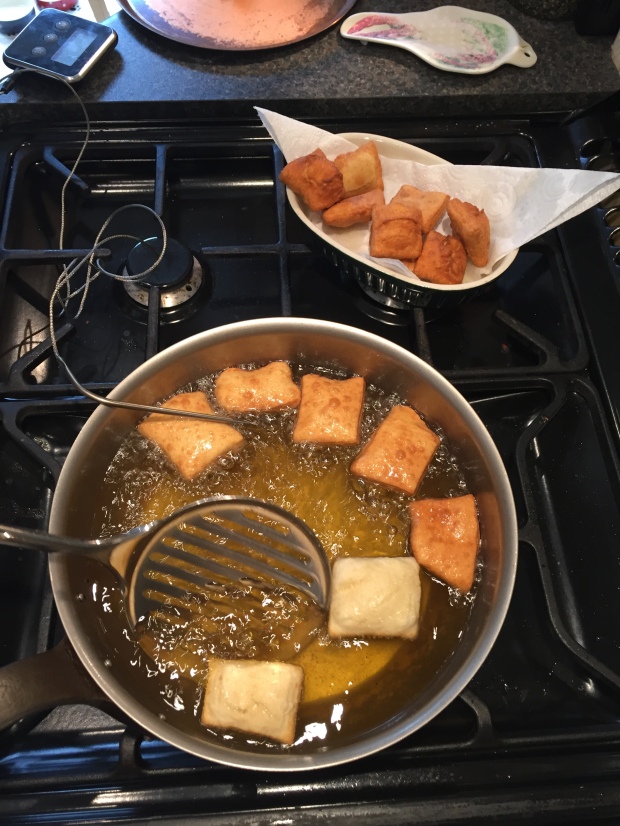Slovenia is a mountainous nation state in Central Europe. It is marked with significant biological diversity and is one of the most water-rich countries in Europe. Over half of the territory is covered by forest. Slovenia’s Karst Plateau is a limestone region of underground rivers, gorges, and caves, between Ljubljana and the Mediterranean. The best known caves are Postojna Cave and the UNESCO listed Škocjan Caves.
There are 24,000 animal species, among them marmots, Alpine ibex, chamois, deer, roe deer, boar, and hares. It is believed that Slovenia has one of the largest brown bear populations in Europe with around 400 bears. Among the 13 domestic animals native to Slovenia are the Karst Shepherd mountain dog, the Carniolan honeybee, and the Lipizzan horse, which is associated with the Spanish Riding School of Vienna, Austria.
Maribor, Slovenia’s second-largest city, is home to the oldest vine in the world. The grapevine of Žametovka is about 440 years old and still produce 25 litres of wine every year, however the wine is not available for public sale and has been described by the The Daily Telegraph as “virtually undrinkable”.
Ljubljana City Museum is home to the oldest wheel in the world. The Ljubljana Marshes Wheel is approximately 5,150 years old, has a radius of 70cm and is made of ash and oak.
Slovenian cuisine is a mixture of the Central European cuisine (especially Austrian and Hungarian), Mediterranean cuisine and Balkan cuisine. Recipes I came across include Jota (meat and vegetable hot pot), Ričet (Slovenian Barley soup), Idrija Žlikrofi (dumplings), Čompe s skuto (potatoes with cottage cheese), Prekmurska gibanica (layered cake), Potica (nut bread), baked mushroom with cheese and Kranjske Klobasa (sausages). I opted to make Belokranjska pogača (salted cake), which although quite doughy it was really tasty.
Rating: 9/10
Serves: Makes 28 small squares
Prep time: 45 minutes
Cook time: 45 minutes
500g flour
1 tbsp salt
1/2 tbsp sugar
1 tbsp oil
7g (1 pack) of dried yeast
Approx 300ml warm water
1 egg
Pre-heat the oven to 200°C
Mix all the ingredients and form a dough
Leave to rise for 30 minutes
Spread the dough evenly onto a baking tray, slice it into squares and glaze it with the beaten egg
Sprinkled with sea salt and bake for approximately 40 minutes
Let it cool on a rack before cutting







































































